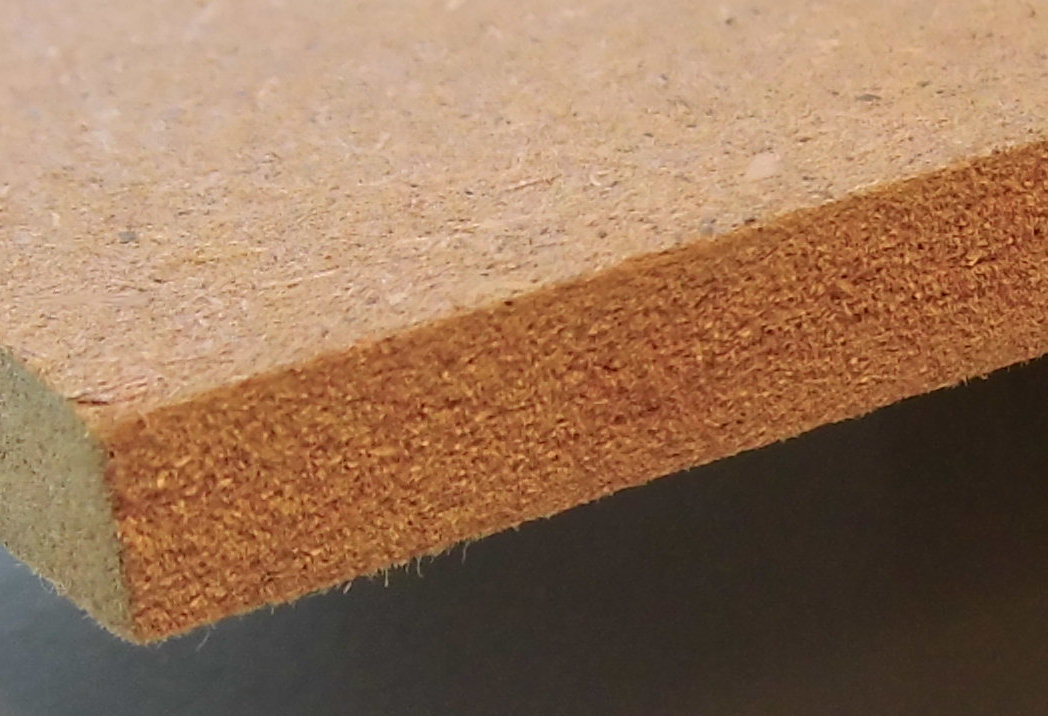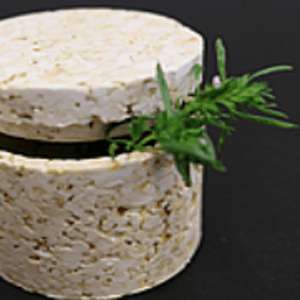
New High Troughput Sequencing and Genotyping Method for Breeding Purposes
The present invention describes a new method of genotyping for use in plant breeding and research. It is based on sequencing partial regions of the genome (shallow depth) and filling in the missing data by imputing sequence data based on haplotype libraries. Software-assisted imputation leads to increased read coverage.
read more

Increasing the reactivity of Isocyanate resins with non-toxic ammonium salts
An improved process for the production of wood-based panels based on isocyanate binders / adhesives (PMDI) was developed at the University of Göttingen. The times and costs for production of wood-based materials (e.g. chipboard, fiberboards (MDF, HDF), OSB etc.) can be reduced without neccessity to change hardware in existing production lines or plants.
read more

Binder based on oil plant residues for the production of wood and composite materials
To produce wood-based composites urea-formaldehyde resin is the most widely used binder. However, UF resins are susceptible to hydrolysis and wood-based materials will thus emit formaldehyde. Scientists at the University of Göttingen, Germany developed an alternative formaldehyde-free binder based on oil plant residues (pomace).
read more

Production of three-dimensional moldings from popcorn using innovative molding technology
Scientists at the University of Göttingen developed a new process for the production of molded parts made of popcorn hydrophobised with polymer. This makes it possible to produce very light, flexible and water-repellent molded parts from renewable raw materials. Particularly suitable for packaging, furniture, automotive parts, sports articles etc.
read more




